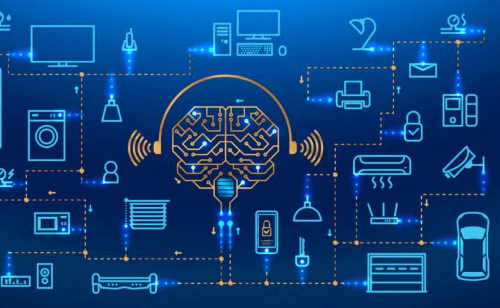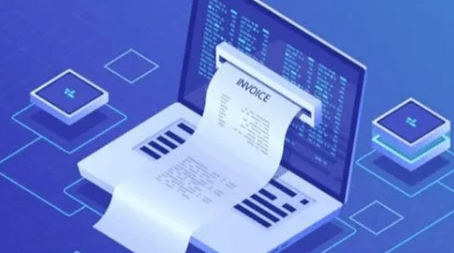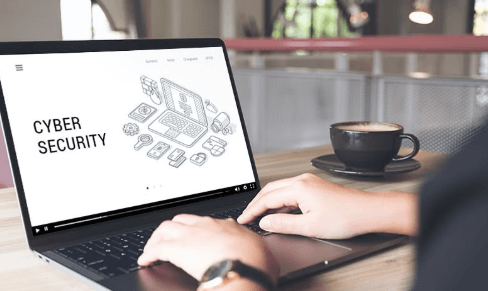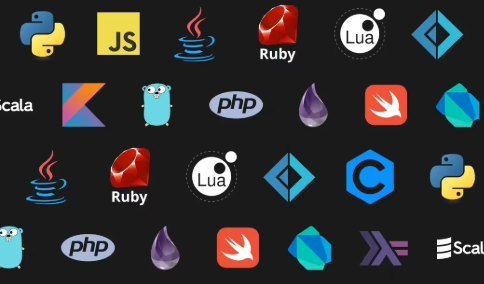How Does IoT Work: A Clear Guide to the Internet of Things
Introduction
In a world where our devices are increasingly “smart,” the Internet of Things (IoT) is transforming how we live, work, and interact. From smart thermostats and fitness trackers to industrial machines and autonomous vehicles, IoT connects everyday objects to the internet, enabling them to communicate, collect data, and even make decisions. But how does IoT work under the hood? Understanding this not only helps you grasp why it’s becoming ubiquitous, but also sheds light on the security, privacy, and ethical implications involved.
This guide will walk you through the core components of IoT—sensors, connectivity, processing, and actuation—showing how data flows from physical environment to actionable insight. Alongside, you’ll find real-world examples, key technologies, and emerging trends (like edge computing and AI integration) that are shaping the future. Whether you’re a tech enthusiast, a professional, or simply curious, this article aims to deliver a trustworthy, clear, and user-friendly explanation grounded in expert sources. Let’s dive in.
What Is IoT?
The Internet of Things (IoT) refers to a network of physical devices – “things” – embedded with sensors, software, and other technologies to connect & exchange data with other devices and systems over the internet (or other networks). These devices range from household appliances to industrial tools. The essence of IoT is that it enables “things” to sense, transmit, process, and act on data with minimal or no human intervention.
Key Components & Architecture of IoT
To understand how does IoT work, it helps to break the system into layers/components. Each plays a critical role. The major components include:
- Devices / Sensors (Edge/devices layer)
These are the physical parts: sensors (for temperature, humidity, motion, etc.), actuators (to perform action), and embedded systems. They capture data from the environment. - Connectivity / Network
Once data is captured, it needs to be transmitted. Connectivity options include Wi-Fi, Bluetooth, Cellular (e.g., NB-IoT), LPWAN, satellite, etc. Each has trade-offs: range, bandwidth, power consumption, cost. - Data Processing (Edge, Fog, or Cloud)
Data doesn’t just sit; it’s processed. Some processing may happen near the device (edge computing) to reduce latency, bandwidth usage, and improve privacy. Other processing happens in centralized servers or cloud platforms. This includes filtering, aggregation, analytics, sometimes using AI/ML. - Actuation and Action / Feedback Loop
Based on processed data, the system can take actions: triggering alarms, switching devices on/off, adjusting settings, sending notifications to users or other devices. This step closes the loop—information leads to action. - User Interface / Application Layer
Users or systems need to interact with IoT systems via dashboards, apps, alerts, or APIs. This layer also includes business logic, rules, decision-making based on data insights. - Security, Privacy, and Standards
Because IoT involves collecting, transmitting, and acting on data—sometimes sensitive—it needs strong security (authentication, encryption), privacy protections, and adherence to protocols/standards for interoperability.
How the Data Flows: Step by Step
Here’s a typical flow of “how IoT works” in practice:
- Sensing / Data Capture: A sensor picks up environmental or device-status data (e.g. temperature, motion, light levels).
- Transmission: That data is sent via a network (could be local wireless, cellular, or over the internet) to a gateway or directly to a cloud service.
- Pre-processing (Edge / Gateway): If latency, bandwidth, or privacy are concerns, initial filtering or summarization happens close to the device.
- Cloud Processing & Analytics: Data is stored, aggregated; analytics or machine-learning algorithms analyze it; patterns detected, predictions made.
- Decision / Action: Based on insights, automated actions occur (turning on cooling when temp rises), or alerts are sent to humans.
- User Interaction & Feedback: Users view reports, dashboards; they can control devices or adjust rules.
Example: Smart Home Thermostat
To illustrate, imagine a smart thermostat system:
- Sensors in the thermostat measure room temperature and detect occupancy.
- Using Wi-Fi or Zigbee, the device sends readings to the cloud.
- At the edge (the thermostat itself or a gateway), some smoothing/filtering of raw data happens.
- In the cloud, analytics compare current temp with historical data & weather forecast, predict heating/cooling needs.
- The system then acts: switches the HVAC system on or off. If away, maybe “eco mode” is triggered.
- The homeowner sees insights via a mobile app, can override settings, set schedules, get alerts.
Technologies, Protocols, & Trends
- Connectivity protocols: MQTT, CoAP, HTTP, LoRaWAN, NB-IoT, Bluetooth LE, Zigbee, etc.
- Edge computing & Fog computing: pushing processing closer to where data is generated. Helps reduce latency, network load, improve privacy.
- AI / Machine Learning: anomaly detection, predictive maintenance, behavior prediction. IoT + AI = more intelligent systems.
- Standards & Interoperability: so devices from different manufacturers can work together; ensures safety, security.
Challenges to How IoT Works
While IoT offers many possibilities, there are significant challenges:
- Security risks: unsecured devices can be hacked, data stolen. Authentication, encryption, firmware updates are essential.
- Privacy concerns: devices collect personal data. Who owns it? How is it stored and used?
- Scalability & reliability: as number of devices scales up, networks & cloud systems must handle large volumes of data.
- Energy & power constraints: many sensors are battery-powered; connectivity and processing must be efficient.
- Standard fragmentation: many competing protocols; lack of unified standards can hinder interoperability.
Emerging & Future Directions
- Ambient IoT: a vision where countless, ubiquitously connected sensors are embedded in environment, working passively.
- Internet of Things + AI (AIoT): smarter processing, more autonomy.
- Improved privacy legislation & data protection: as public concern grows, regulation is catching up.
- Energy harvesting sensors / ultra-low power devices: reduce need for batteries.
Conclusion
The Internet of Things works by combining physical devices, connectivity, software, and data analytics to create systems that sense the world, share insights, and act—often with little to no human intervention. From the moment a sensor captures data, through transmission, processing (either at the edge or in the cloud), to action and user feedback, each stage is vital. As IoT grows, its impact spans homes, industries, cities, and healthcare, driving efficiency, automation, and better decision-making.
However, with great power comes responsibility. Security, privacy, and interoperability should not be afterthoughts but baked into system design. Understanding how IoT works helps us better appreciate both its promise and its potential pitfalls. As technologies like AI, edge computing, and ambient sensing evolve, IoT is set to become even more woven into our daily lives. By staying informed and applying good practices, we can benefit from IoT in safe, smart, and sustainable ways.
FAQs (People Also Ask)
Here are five common questions people search alongside “how does IoT work”, with clear answers:
- How do IoT devices collect and send data?
IoT devices use built-in sensors to detect or measure physical properties (temperature, motion, light, moisture, etc.). They transmit data over a network—via Wi-Fi, Bluetooth, LTE, NB-IoT, etc.—to gateway devices or directly into cloud or edge computing platforms for further processing. - What is the role of edge computing in IoT?
Edge computing shifts data processing closer to the source (the device or nearby gateway). This reduces latency (faster response), lowers bandwidth use (less data sent over networks), and often enhances privacy, because sensitive data need not always travel to centralized cloud servers. - What are common communication protocols used in IoT?
Some widely used protocols include MQTT, CoAP, HTTP/HTTPS for internet communication; Zigbee, Bluetooth Low Energy (BLE), LoRaWAN, NB-IoT for wireless sensor networks; each protocol has trade-offs in power consumption, range, and throughput. - How is security maintained in IoT systems?
Security relies on device authentication, secure communication (encryption), regular firmware/software updates, secure cloud infrastructure, and following best practices for access control. Secure boot and hardware-based security features can also help. - What industries benefit the most from IoT?
Many industries are seeing benefits: healthcare (remote monitoring, wearable devices), manufacturing / industrial IoT (automation, predictive maintenance), agriculture (precision farming), smart cities (traffic, energy management), home automation, supply chain/logistics, among others.







